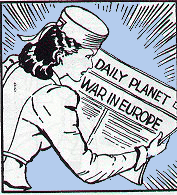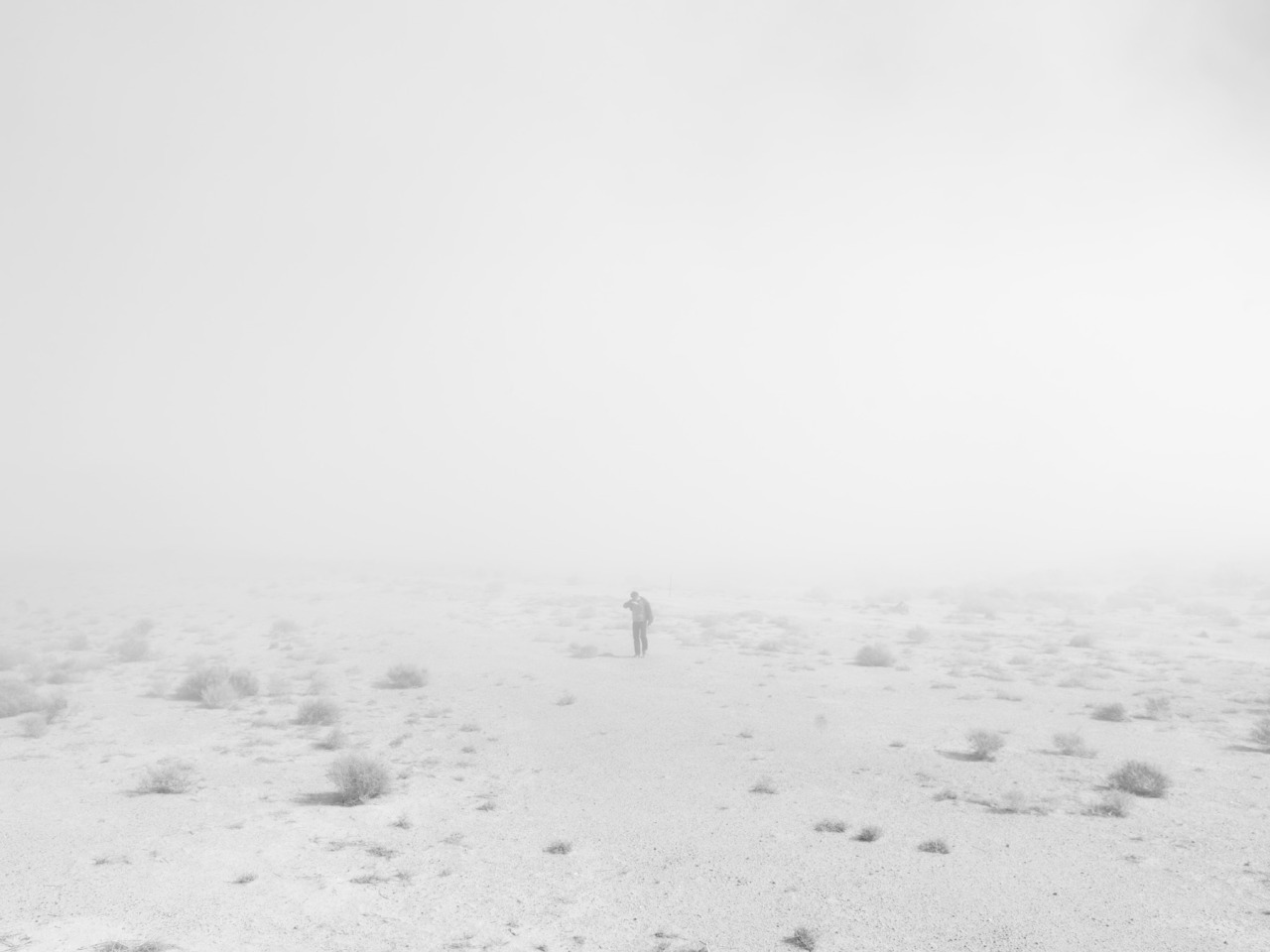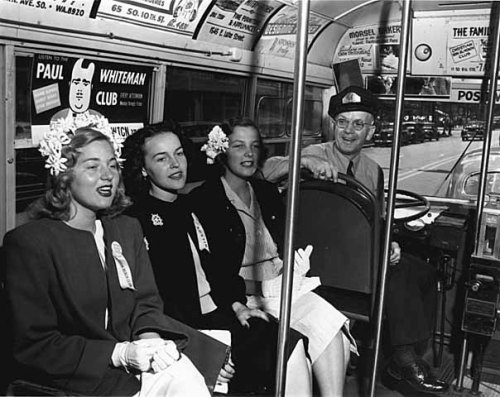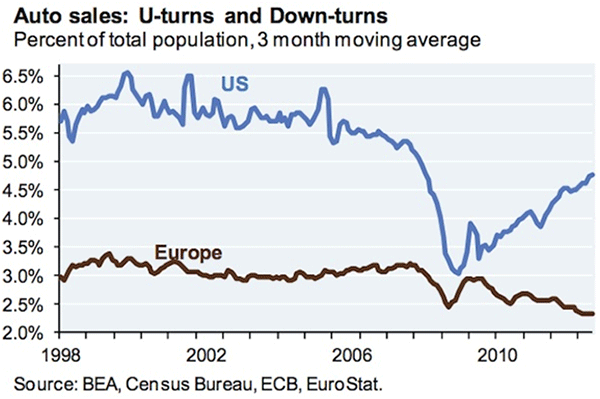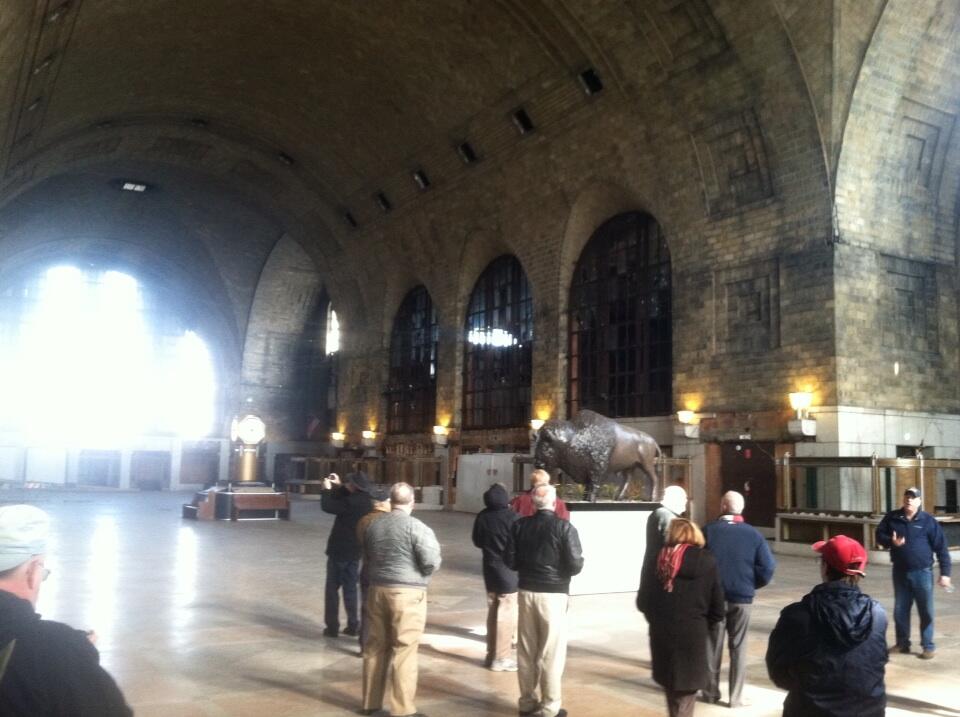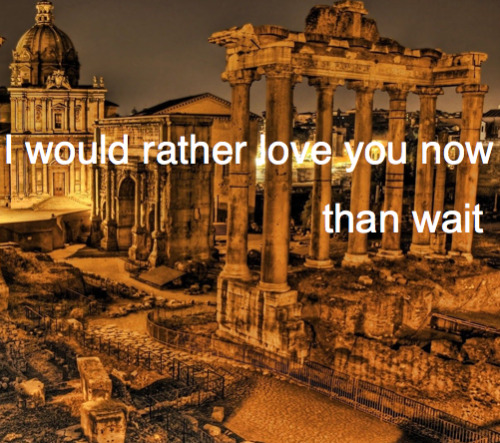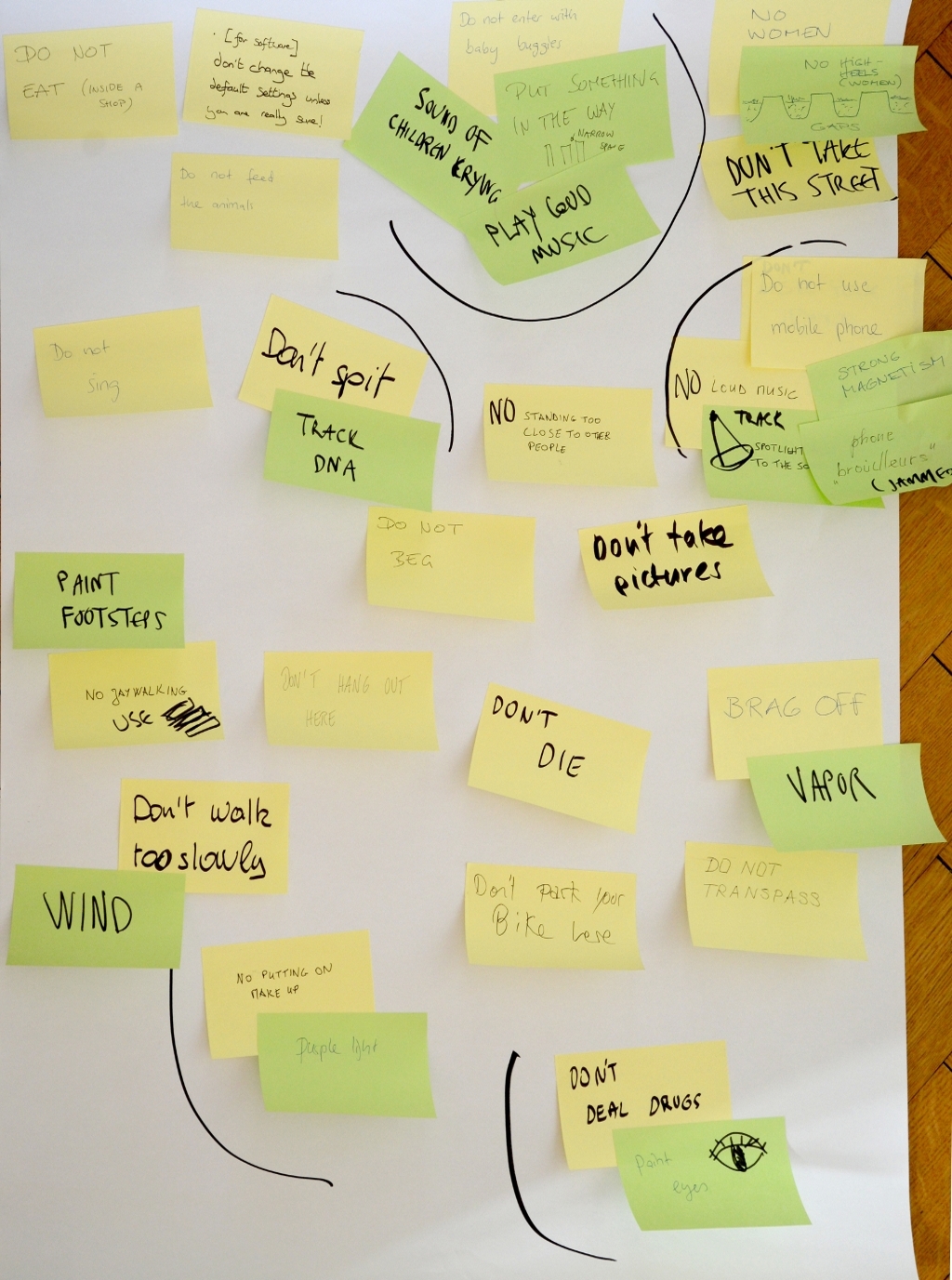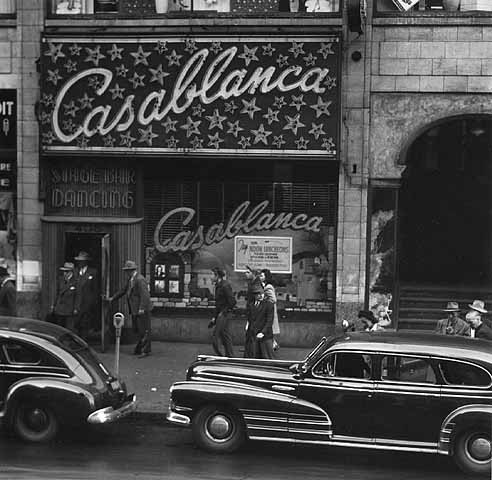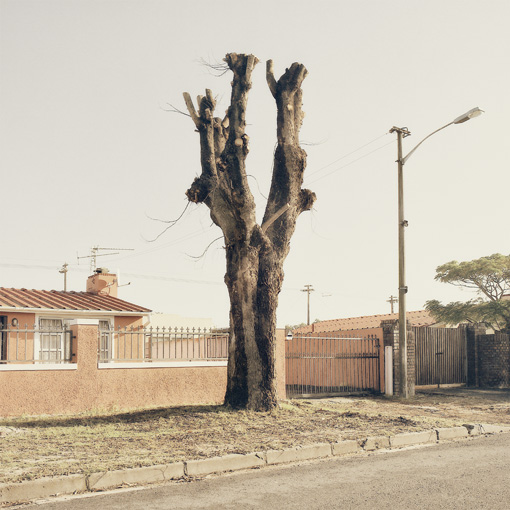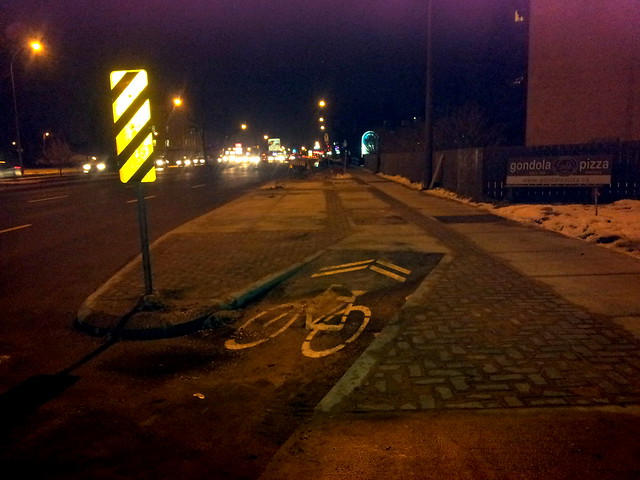The night before I leave, I stay at my father’s house so he
can drive me. In the morning he's sitting at the table reading aloud letters from my late grandmother about her daily life in the early 1950s. She
is matter of fact. She writes simply about a trip on the streetcar through Saint
Paul to get birth certificates for the children. All the
letters are lists of things that happened. This day, a series of errands. Then
the men come home and everyone plays cards. Her brother-in-law was “very
enthusiastic” about a game called “samba,” which I can only imagine is a
euphemism for loud.
 |
| [" ever e "] |
After coffee I am dropped off at the beige concrete
bunker, the 60s era Amtrak station slated for demolition. On the train, the
ancient art of passing time returns. We are back in the 1950s, and the lounge
car has clusters of people playing games. A father and son play war for hours,
four college kids from Wisconsin drink Bud Light and roll Yahtzee dice that bounce lightly on the plastic table. I like to watch birds. Sandhill cranes
are migrating. All Amish men have beards, but some Amish women do too. The
train is the perfect place for the Amish, for their commitment to escape the
escape of electronics. I saw an article recently about Amish men in prison,
how they have difficulty ignoring ubiquitous prison televisions, one more
torture.
Once more, I find myself on a train during Saint Patrick's
Day, surrounded by green people. Green spangles, a woman with a tiny green hat
strapped comically to her head, a group of people with tans.
A 60-something gruff bearded man sits behind me and begins
speaking on a cell phone. He seems to be returning from Montana, having visited someone
become sick and slow. He was in Montana looking at land,
perhaps to buy a ranch. He tells his interlocutor that ten years ago you could
have made a killing, but not any more. Because I'd come to the conclusion that he was
conservative mostly because of a comment about immigrants, I'm surprised
when the phone conversation turns to politics. He starts arguing with his
friend about the president, says he really liked Obama because he was right
about “the completely unnecessary Iraq war," and because "the
Republicans are going to do a hell of a lot more for millionaires than they
will do for regular people, I guarantee you that." He said “I wish I had
enough money to be a Republican."
Where else besides trains can you find a “dressing room”?
Perhaps only in a theater.
 |
| [Gary IN in the 1970s, and Gary IN from the train in 2013.] |
Somehow in the night I meet an actual steel worker from
Cleveland, a tall thin man with shoulder length greasy hair who tells me he has
a mild form of leukemia. He wore large black boots and sat with his back on the
seat bottom, extreme slouching. He told me about his bucket list, most of which
involved going on long walks
through the town where he grew up, walking through the woods where he played as a kid, walking along the creek that ran by his family house, walking
through half remembered spaces that, he told me, have since become private
property. He told me he didn’t care. He was going to walk straight through
the yards regardless.
I asked him about working in a steel mill, and eventually
I switched on my computer to show him a color photo of the Gary, Indiana steel mills from the 1970s. He lights and points out different parts of
the mill in the photograph. “This is the forge right here. This is the
smelter." He had long fingers. "Here’s where they take the taconite
pellets and melt them down.” He explained that everything is automated now, mostly he is pressing buttons. Recently, the company installed cameras throughout the
factory. It bothered him that the
cameras could zoom in on his face, his face in particular. He didn't seem to
mind being on camera, but he didn’t want them seeing his face. He was horrified at the thought of anyone watching his face, its expressions, while working.
At the start of one train ride, an Amtrak porter wearing
an IWW stocking hat, striding up and down the observation car with great
purpose. Later on the ride, the hat is gone
There are so many birds in the river valley this time of
year, flocking literally to areas of open water. Eagles, ducks, geese,
cormorants…
Buying a coffee or a Budweiser, I chat with the café car
attendant. My eyes rest on a handwritten sign on the table that says "No
Dancing." She explains that the Empire Builder is the strangest train
she’s ever worked on, even stranger than the other long distance trains. She tells
me a story about people doing the splits in the café car, showing off dance
moves and spilling drinks on her paperwork. Amtrak thrives on paperwork.
Spotted: a livestrong bracelet, post-Lance Armstrong debacle.
 |
| ["Do not dredge. Fiber optic cable buried here."] |
The most important difference between the train and almost
any other travel mode is that very few people appear to be miserable. Compare
to planes or cars where you have to strap yourself in, movement is cut off,
your body is captive. Here the body has been freed. It can wander, move,
express. There are different bodies here: a woman dancing in her seat in the
lounge car, [see earlier story about the lounge attendant], swaying and shaking
her whole body back and forth while she mouths the words to the song in her
iPod, holding her hands up and doing a seated vaguely zumba performance. (Later
I realize she doesn't actually have an iPod.)
The sway of the train is not neutral. It challenges some of
the older folks, who carry their canes in one hand while using nearby seats for
support. Consider the way that airplanes, cars, or buses strap you and keep
you in place, force your knees upward, constrain your legs and arms, insist that
you hunch your shoulders, push you to lean along particular lines and joints. The verb "to
wedge" predominates. The train has few such constraints. Only a ship offers
more individual freedom atop collective travel. Good luck taking one of those
across the midwest.
Entering a tunnel, the sudden darkness lasting for an
unknown duration, such a radical change of atmosphere. It must be temporary.
 |
| [The police horse stable in Milwaukee, WI.] |
The train offers also the most rhythmic of movements. It is
no coincidence that train travel is also musical. What is the prototypical car
music? The Beach Boys. In a Silent Way. CCR. Prototypical plane music? It's hard to say. Something like trance or top classical hits. Whatever they
used to play through the headphones of transatlantic flights in the 80s. Yanni. Muzak
is like flight, atmosphere without lines.
The train is nothing but rhythm, its
gradual accelerations and decellerando atop a persistent beat, periodic
sway with syncopated jig. I don’t know how I never listened to Steve Reich on the
train before.
I just saw a sandhill crane, pale almost light mocha brown bird with
huge legs and neck and wings balanced almost symmetrically between head and
feet and side to side, splayed out in the sky flapping slowly, slowly, then quickly, desperately
flapping. Sloooooow fast sloooooow fast-sloooowfast-sloooooow … like that,
moving along on a perfectly level line over the fields. I definitely saw four cranes, one landing in a snowy field in the middle of Wisconsin. An
amazing bird, ungainly legs out of proportion when standing. Not how birds are supposed to
look. I cannot imagine a million of them in a Nebraska prairie. Eight fat
turkeys in a white field. Fifty eagles all along the river.
How often are you going go get to be four feet from five Amish gentlemen? And I ask myself, what would I be like as an Amish man without
a beard, unmarried? (Speaking quasi-Dutch, talking about the history of Amish
town planning. Is there such a thing?)
 |
| [Part of a riverboat frozen in the Mississippi at La Crosse, WI.] |
The variety of things you see is what makes it appealing. A
vast frozen swamp, fifty green picnic tables leaning on each other in the snow,
a threadbare high school football field, the front porch of a house with three
wagon wheels leaning on it, thirty-seven different varieties of mobile home
park, a pile of beige rocks, a crushing river, concrete doughnut
circles each four feet across in piles of seven, a massive automobile scrapyard in the middle of
nowhere, an American flag waving in tatters, a woman lighting a charcoal grill
in her backyard, a light blue bicycle leaning against the backside of a bar, a
casino almost as large as the nuclear power plant next to it, a man trimming a
tree in a forest on a hillside, an empty blue trampoline, forty nine
dilapidated deerstands, a redtail hawk landing on the top branch of a pale bare
tree, two ducks swimming in a water treatment pond, a woman clapping her hands
while waiting to cross the street with three bright green plastic bags of
groceries, a man waving from a squatter camp perched on the side of a freeway,
the words “you’ll never be as young as you are right now” spray painted on the
side of the concrete banks of the Milwaukee river, a small cactus on the desk
of someone’s urban warehouse loft, a rusting paint can on the metal roof of a
condemned building, hundreds of bricks composed of plastic bags pressed
together and stacked alongside a warehouse, the seven horses at the Milwaukee
police horse stable eating hay, a completely full square plastic trash can with
plastic bags of trash sitting beside it by a puddle, an empty public swimming
pool, one of those round tappan chairs molding on a third story porch. There is
very little regularity: a squirrel running leaping from a tree branch, its
shadow dark on the white snow. Contrast again with the car, the wide uniformity
of the automobile freeway interstate trench makes most details too small to
notice. With the train there is no such compunction. It is intimate with its
environment, too close.
 |
| ["You will never be as young as you are right now."] |
This time of year you can feel the importance of the albedo
effect, the bouncing of sunlight off vast white open spaces. There is a binary
distribution of possible March weather here, either prolonged cold or a sudden
snap into spring. Thus the lion, lamb, and the groundhog.
 |
| [Gaming in the café car.] |
One the way back from the coast. Immediately on sitting, I
overhear a heavy dose of nerd humor. A convention has just ended in the city,
and the train is full of gamers headed back to small midwestern cities. I am on
a gamer train. The lounge car quickly fills with slightly overweight nerds,
boards and dice and cards. One group of four guys huddle together, in-jokes in
hushed tones, short sentences and comments refusing to interrupt play. The next
table next is hardly serious, two men and a woman. The men take turns
riffing elaborate sarcastic insults. “You’re ahead now, but I’m coming back
like scoliosis.” Everyone cracks up. Another couple behind me is silent and
intent, doing something with cardboard tiles. "Zombie Dice."
Everywhere the smell of cards. The ubiquitous Gothic font.
Sunshine bounces off white snow fields of late
March springtime, the train seeming airborne through leafless trees, white and old
penny brown Wisconsin landscape, sun streaming from cracks in
clouds creating a corona around tall smokestacks of the coal plant.
I have no idea how fast we are going. Low flying. At this point,
the evaporation of time. The only thing left is space.














